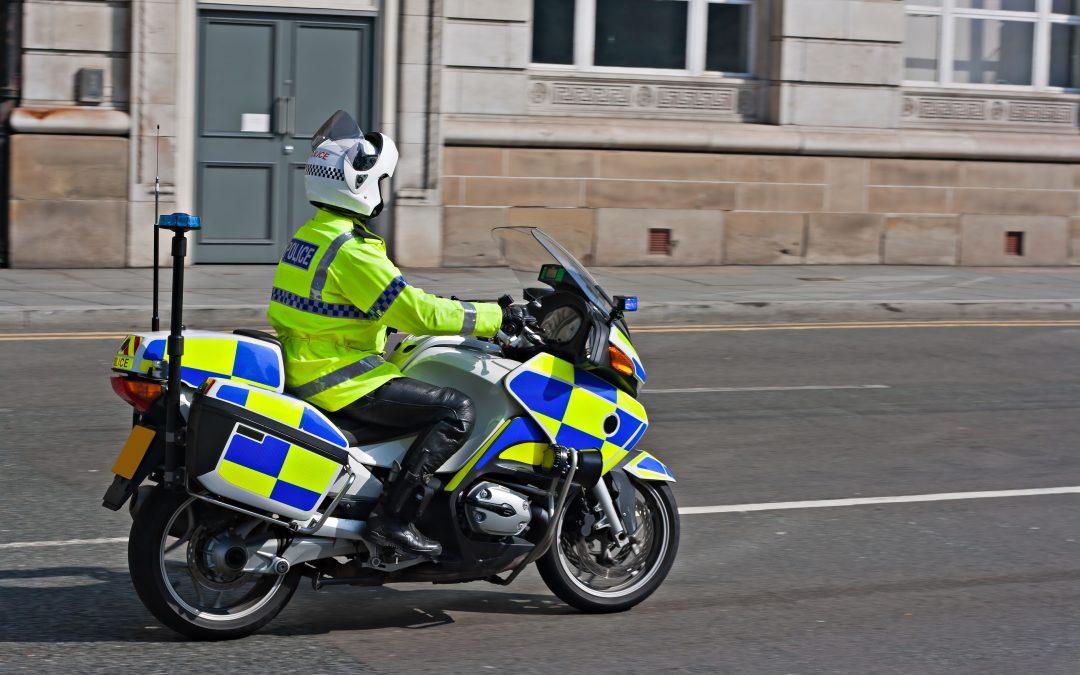Child safeguarding in sport: is your sports club safe enough?
The recent football child abuse scandal has ensured that child safeguarding in sport is getting a lot of attention in the media.
Sports clubs have a duty to protect the children they work with. The following steps will help your club ensure it’s up to standard when it comes to safeguarding:
Recruit safely
One of the most crucial parts of child safeguarding in sport is ensuring that the people you hire to work with children are suitable to do so.
Make sure you have appropriate recruitment procedures in place. This can include holding interviews, checking references and conducting relevant background checks for all staff and volunteers.
It’s absolutely vital to undertake the appropriate checks on your staff. If an employee will be coaching or training children, they’ll be eligible for an enhanced DBS check.
Review your safeguarding policy
Your club’s safeguarding policy should be reviewed and updated regularly. Your policy should set out clear guidelines on how your club will keep children safe, and how to respond to safeguarding concerns.
Make sure all club members, visitors, staff and volunteers are aware of your safeguarding policy and know what to do if they have any concerns.
As well as helping to protect children, a robust safeguarding policy will communicate your club’s credibility and demonstrate that you’re serious about child safeguarding in sport.
Conduct relevant training
Ensure that all your staff and volunteers have completed relevant training before commencing their duties.
This will usually include sports safeguarding training, and national governing body awards that address the particular nature of specific sports.
Actively promote children’s welfare
Your staff and volunteers should take steps to actively promote the welfare of the children and young people who attend your club.
Your safeguarding policy should state what you expect from staff and volunteers. Sticking to this code of conduct will help promote a culture of safety and protection throughout your club.
This might include things like taking registers at the beginning and end of sessions, ensuring there is a proportionate ratio of staff to children, and having robust first aid provision in place.
Cultivate a culture of openness
Children and young people who attend your club should feel able to communicate freely with all your staff and volunteers.
Your club should also communicate regularly with children’s parents and carers, keeping them informed of any events or activities.
Foster this culture of open communication by encouraging children and parents to come to your club’s staff with any issues they have – no matter how big or small.
Again, it’s absolutely vital to make sure that everyone who attends or works with your club knows what to do if they have a safeguarding concern.
If your club uses social media or text messages to communicate, put stringent guidelines in place to ensure these methods are used appropriately. Monitor their use to make sure staff and volunteers adhere to your policies.
Child safeguarding in sport: a summary
Child safeguarding in sport is of the utmost importance. It’s every sports club’s responsibility to make sure the children it works with are safe.
DBS checks for staff and volunteers are a key part of protecting children. Our online system makes the DBS checking process quick, easy and affordable. Get started now.







